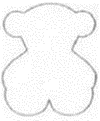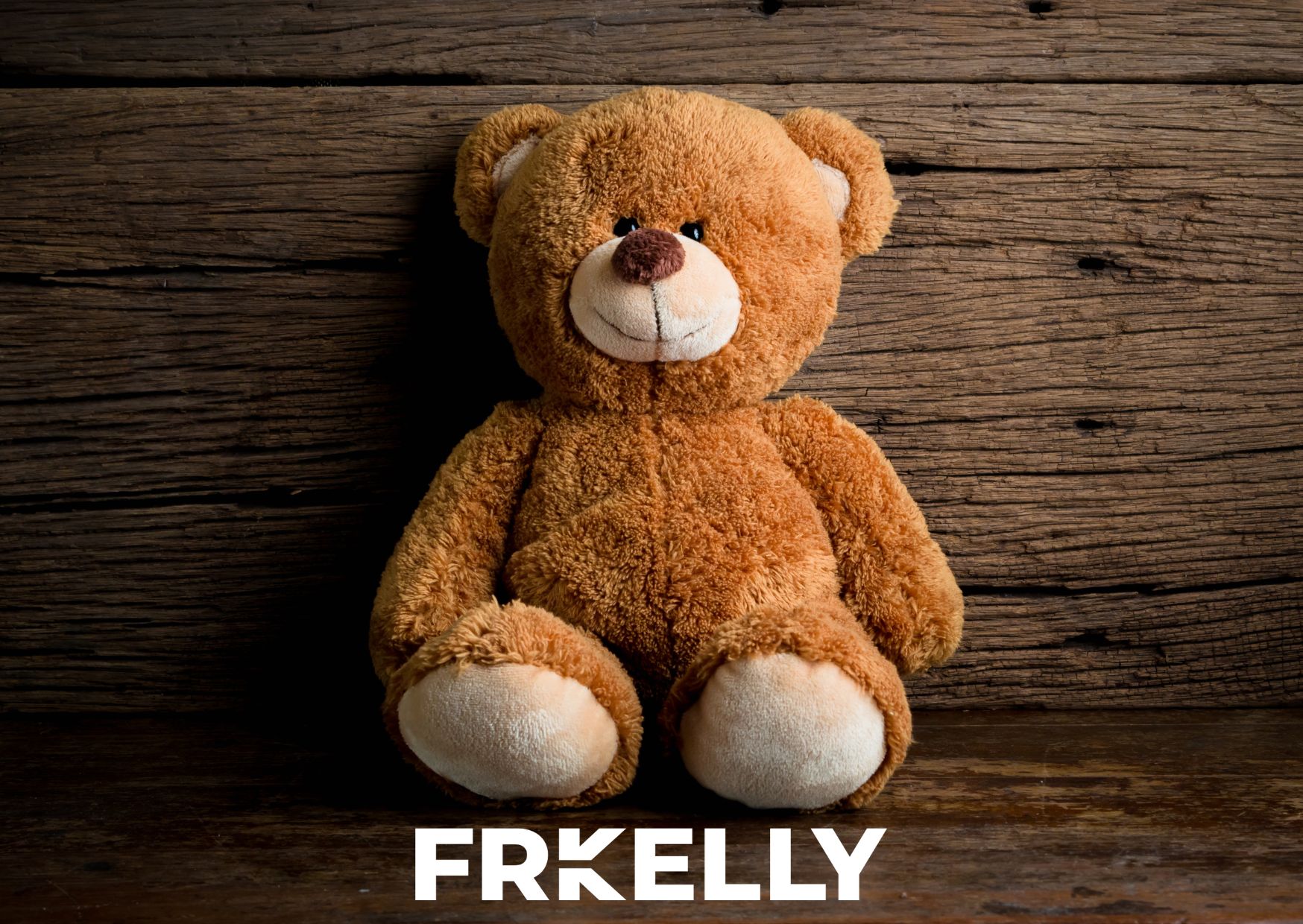EUTM Invoice Scams: German Courts deliver judgement against fraudsters
24th October 2024

On 26 July 2023, the EU General Court issued its decision in Apart sp z oo v EUIPO (Case T-591/21), dismissing an invalidity action taken by Polish jewellery retailer Apart sp z oo against Spanish jewellery retailer S Tous SL’s teddy bear-shaped mark.
Background
In February 2009, Tous filed EU Trademark Application 8127128 for the below figurative sign covering, among other goods, jewellery in Class 14. The mark proceeded to registration in February 2010.

In May 2017, Apart applied to invalidate Tous’s trademark on the grounds that it was devoid of distinctive character and consisted of a shape that gives substantial value to the goods. The Cancellation Division rejected the invalidity action in its entirety and in January 2020, Apart appealed.
The BoA upheld the Cancellation Division’s decision and found that Apart had failed to show that consumers would immediately perceive the contested mark as being a representation of a teddy bear; rather, the ambiguity of the outline meant that some mental effort or fantasy was required on the part of consumers to associate the outline with the silhouette of a teddy bear.
In coming to its conclusion that the contested mark did in fact have distinctive character, the BoA held that the mark was a figurative mark consisting of the 2D representation of the goods at issue. It then went on to apply the following principles taken from the case law relating to 3D marks:
Decision
The court noted that while jewellery pieces can indeed take the form of a teddy bear, this was not in itself sufficient to find that the contested mark constituted a 2D representation of the shape of the goods. The court went on to say that such a finding would prevent any other use of the contested mark as a figurative sign and that Tous might use the mark on packaging, labels or promotional material so that consumers could identify the commercial origin of its goods.
However, the court pointed out that while the BoA had erred in applying the criteria relating to 3D marks, this would not justify an annulment of the BoA’s decision that Tous’s mark had distinctive character.
The court agreed with the BoA that Apart was unable to show that the contested mark gave substantial value to the goods at issue. The court pointed out that jewellery pieces for the most part consist of rings, necklaces and earrings, and that while these items are likely to bear the sign of which the mark consists, they are not likely to “take the shape thereof”. This meant that Tous’s mark consisted of a sign that was not related to the appearance of the goods that it covered and was not a sign that consisted exclusively of the shape of those goods.
In holding that Tous’s mark was not devoid of distinctive character, the court dismissed Apart’s action in its entirety and awarded costs against it.
Comment
While the court’s reasoning in dismissing Apart’s action makes for interesting reading, one notable point is that the court said that the sign was merely evocative of the silhouette of a teddy bear and that “it will not necessarily be perceived as such by all consumers”. This wording appears to suggest that the court considered that the sign would be perceived as evoking the outline of a teddy bear for at least some consumers (i.e., a portion of the relevant public within the European Union) but not others.
It seems rather immaterial for the court to have included this observation because Article 7(1) of the EU Trademark Regulation states that an absolute ground for refusal “shall apply notwithstanding that the grounds of non-registrability obtain in only part of the Union”.
The court went on to say that “irrespective of whether the shape at issue will immediately be perceived as a teddy bear, that shape has no connection with the goods at issue, namely items of jewellery”. However, this appears to be a stretch, given that there are numerous teddy bear-shaped pieces of jewellery for sale. It will be interesting to see whether Apart decides to appeal this decision to the CJEU.
This article first appeared in WTR Daily, part of World Trademark Review, in August 2023. For further information, please go to www.worldtrademarkreview.com.
